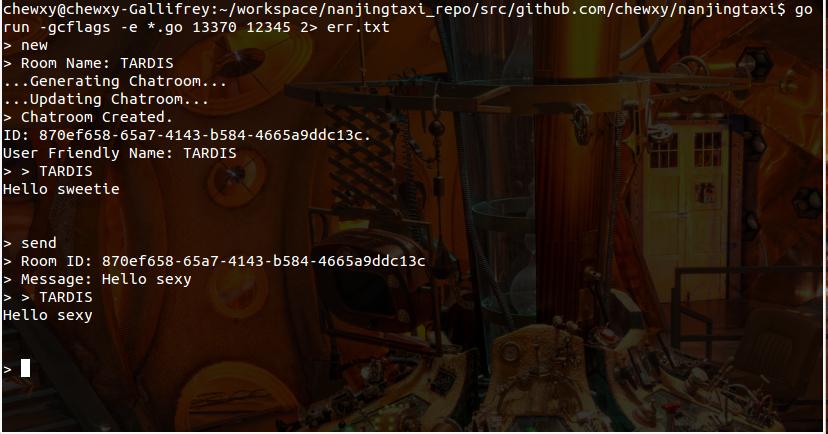TL;DR – I got a little upset that I didn’t get any jobs I wanted, so I decided to learn how to write an Android app to relax instead. The result is
eyemap.io – Gaze Analytics For the Rest Of Us. The rest of the blog post chronicles how I got to that point.
The week before last was a terrible week for me. It was one week after I had published my books. I was looking to take some time off from updating the books. After about 6 months being self-employed, doing the things I love to do, I felt it was time for me to return to the workforce. Let’s face it, it’s not easy to be self employed and get a steady paycheck. So I started looking for jobs.
All was well. I had applied to a number of jobs that I was interested in. By the end of the week however, I had nothing – nobody called back. Naturally, coming off the high of having just published a couple of books, it was crushing.
Remember a few months ago, I was mulling over acquiring a tablet? Out of sheer coincidence, I came into posession of a Nexus 10 a few days after I blogged that entry. It’s an older model, but hey, beggars can’t be choosers. Despite coming to possession of the tablet, I never really used it.
Anyway, back to the week before last. Combined with the fact that I got rejected for those jobs that I wanted plus a few more not so nice news, I was feeling pretty shitty about myself. So on Friday evening, I altered my state of mind chemically to relax a little.
After some drinks, I took out my tablet and fiddled with it while relaxing with pineapples. I decided to download my favourite game on tablets since 2011 – Jetpack Joyride. Now, when your brain is under the influence, time seems to slow down – your body appears to lag. Specifically my eyeballs felt like they were lagging. I kept looking at the right of the screen, and I could feel my eyes darting to look at the right and back to Barry on a very regular basis.
This led me to ask a question: what does Jetpack Joyride look like when one’s eyes are tracked? What would a heatmap look like? Clearly there are eye tracking devices out there like the EyeTribe or Tobii which is fantastic. But I didn’t have access to any of those. The front-facing camera of my tablet appeared to frown at me. Then it hit me: why not use it to do eye tracking?
So I dragged myself to the computer, and started learning how to write Android apps. To their credit, the Android developer page is absolutely easy to use – if an intoxicated person can read and create an app in about an hour, you know it’s bloody good documentation. I didn’t get far, except to capture videos and detect my face, which is easy stuff anyone can do. I went to bed.
[Read More]
